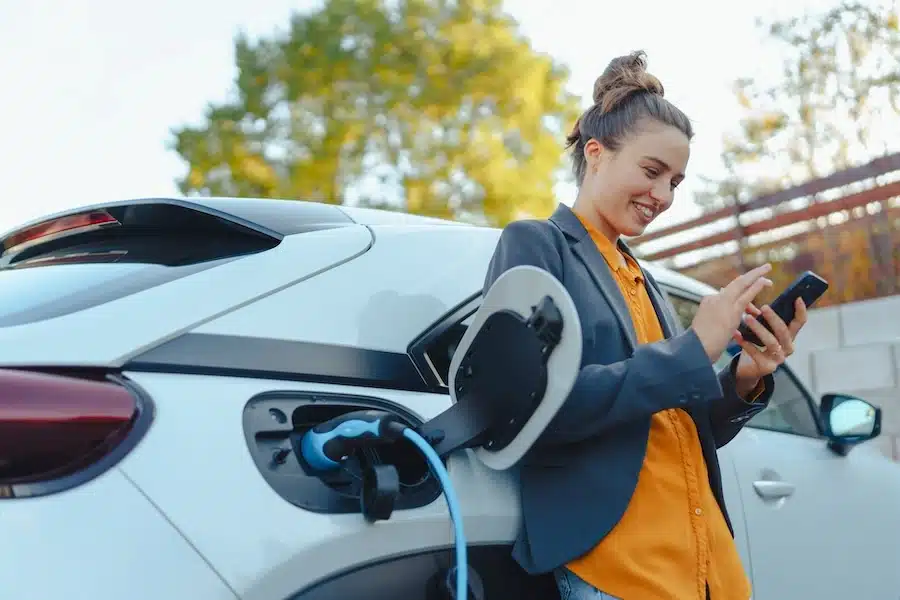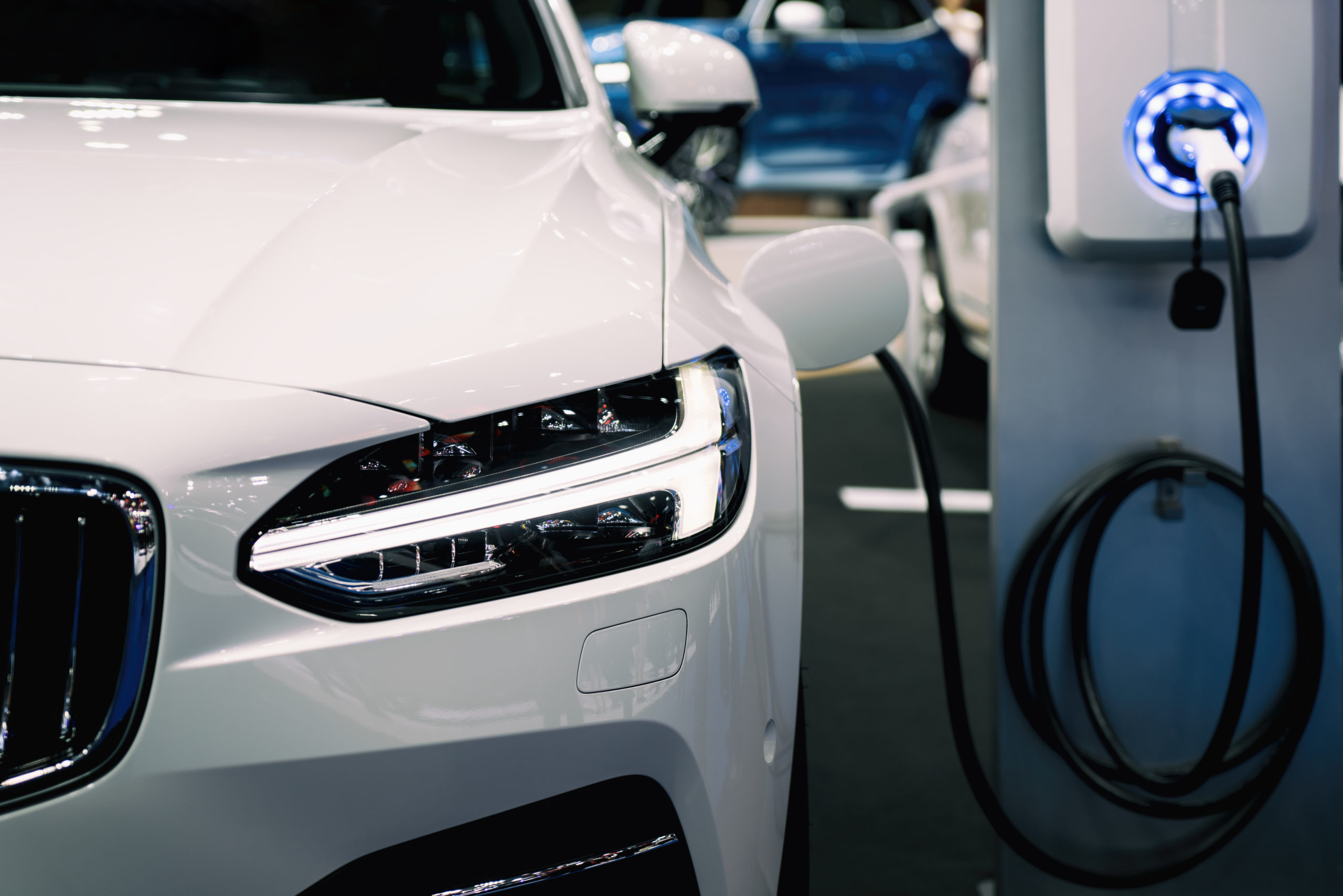With a petrol and diesel ban on the way, the UK needs to prepare itself for electric cars. Sales have been good so far, but we need to create a charging network that can keep the entire country on the road. Luckily, a number of innovative solutions are making this seem more achievable by the day.
Electric cars: the new status quo?
It seems likely that electric vehicles will account for the bulk of private transportation in years to come. Earlier this year, environment secretary Michael Gove announced that Britain would ban the sale of petrol and diesel cars after 2040. While electric cars won’t necessarily plug this gap, they seem like the most likely candidate. Professor David Bailey, an automotive industry expert at Aston University, responded to Gove’s statement with optimism about the future of electric cars:
“The timescale involved here is sufficiently long-term to be taken seriously. If enacted it would send a very clear signal to manufacturers and consumers of the direction of travel and may accelerate a transition to electric cars.”
While initially slow to catch on, the last four years has seen a marked improvement in both the sales of electric cars and the public attitude towards them. Even in the early stages of the technology, users are already seeing economic benefits; a recent study showed that electric cars are already cheaper to run than petrol or diesel cars in the UK, the US and Japan. In 2013, 3,500 plug-in cars were registered in the UK butlast month, this number had grown to 125,000 cars, as well as 4,200 plug-in vans. Globally, electric car sales rose 46% in the first half of 2017 when compared to the same period in 2016. This boost in popularity further highlights the need to push for a more stable and reliable charing infrastructure.
The most frequently-expressed concern over electric cars in the UK is the strain they would put on the National Grid. In the immediate aftermath of Michael Gove’s statement, The Telegraph reported somewhat hysterically that a switchover to electric cars would require 10 new power stations to be built. The National Grid then published a ‘mythbuster’ document which played down many of these concerns. It stated that, in the most likely scenario, electric cars would cause an 8% increase in electricity demand at peak times. While this is a long way from the ‘ten new power plants’ scenario, it is still a sizeable increase. Fortunately several companies are already coming up with innovative ways to increase the efficiency of electric vehicle charging.
Charging should happen at home
One of the reasons that the National Grid’s estimates were so much lower than the numbers quoted in some newspapers was that they expect many people to charge their cars with ‘Smart Chargers.’ If everyone came home from work and charged their cars at the same time it would put a huge strain on the National Grid. Smart Chargers draw power only when it is readily available, meaning that the burden is more evenly spread. Vehicles that are parked overnight can be charged at an hour when the demand is lower. David Mitchell, chief executive of Chargemaster explains the advantages:
‘By spreading the load overnight you can immensely vary the capacity needed. Going forward, electricity companies will offer different tariffs at different times of day, so that actually, financially it’s worth your while doing that kind of thing.’
Relieving pressure on the National Grid: batteries with wheels
Smart charging takes the pressure off the National Grid by only drawing power when it’s available. However, Nissan want to go one step further by enabling electric cars to put power back into the grid. The company is currently trialling a system that will allow cars to become ‘virtual power stations’ and contribute small amounts of power to the grid at times when they can spare it. The owners of the cars will be paid for the power that they generate. Maria Laura Corallini, the engineer in charge of the project, explains the idea:
‘Basically, we can consider the car as a battery with wheels. You can use the energy storage capability in the battery to provide specific services back to the grid.’
Some are skeptical about the idea, suggesting that it could lead to the rapid degradation of the cars’ batteries. However, these fears seem to be unfounded. A recent study by the University of Warwick showed the opposite to be true- battery life increased by around 10% because batteries were kept at an optimal state of charge.
Public charging points
Smart charging and vehicle-to-grid charging will increase the efficiency of charging at home, but with few electric cars having a range of more than 200 miles, users need to be able to charge them mid-journey too. A recent survey showed that 77% of UK motorists are put off buying an electric car because of concerns about a lack of charging points. Current public charging points are expensive (around £7.50 for half an hour) and fairly hard to come by.
If the government really wants us to embrace electric cars, they should look to Norway for inspiration. In an effort to encourage electric car purchases, the Norwegian government has installed free charging stations across Oslo in addition to the 7,600 recharge points that already exist (in a country with a population of just over 5 million). Our recharge points have to be cheap and numerous enough that nobody sets off on a journey with worries about whether they will be able complete it.
By improving the efficiency of home charging technology and offering cheap, convenient public charging, the UK can ready itself for an electric future. Anticipating a surge in demand for electric vehicle charging, some UK cities are trying to get ahead of the game and embrace new solutions to the problem. One of these is Edinburgh. The City of Edinburgh Council has teamed up with Innovate UK to offer up to £20,000 for projects aiming to increase the city’s electric vehicle charging capabilities.
Organisations of any size are eligible, as long as their proposed project offers ‘smart grid, storage and generation capabilities to overcome the current limitations imposed by EV charging infrastructure.’
Like most UK cities, Edinburgh is a crowded city with very little spare space. Therefore, one of the key requirements of any proposed solution is that it allows several charging units to be fitted into a small space.
The Innovate UK website goes into more detail about the scope of the project, highlighting potential areas of innovation including ‘generating renewable energy that can be used in on-street locations with limited space and public access constraints’ and battery storage capabilities that can draw power from the grid when it is most economical, store excess renewable energy, and draw power from EV batteries.’
If your company has an idea that could improve Edinburgh’s electric car charging capabilities, you should consider entering the competition. An Innovate UK grant is a great way for you to try a new idea without risking too much of your own money. The only problem is that competition is fierce. You’ll need to present a strong case in order to convince the organisation that you are more deserving of a grant than other rival projects. Luckily, we can help. Our experts have decades of experience with Innovate UK applications and we can guide you through the whole process, making sure that you stand the best possible chance of success.






